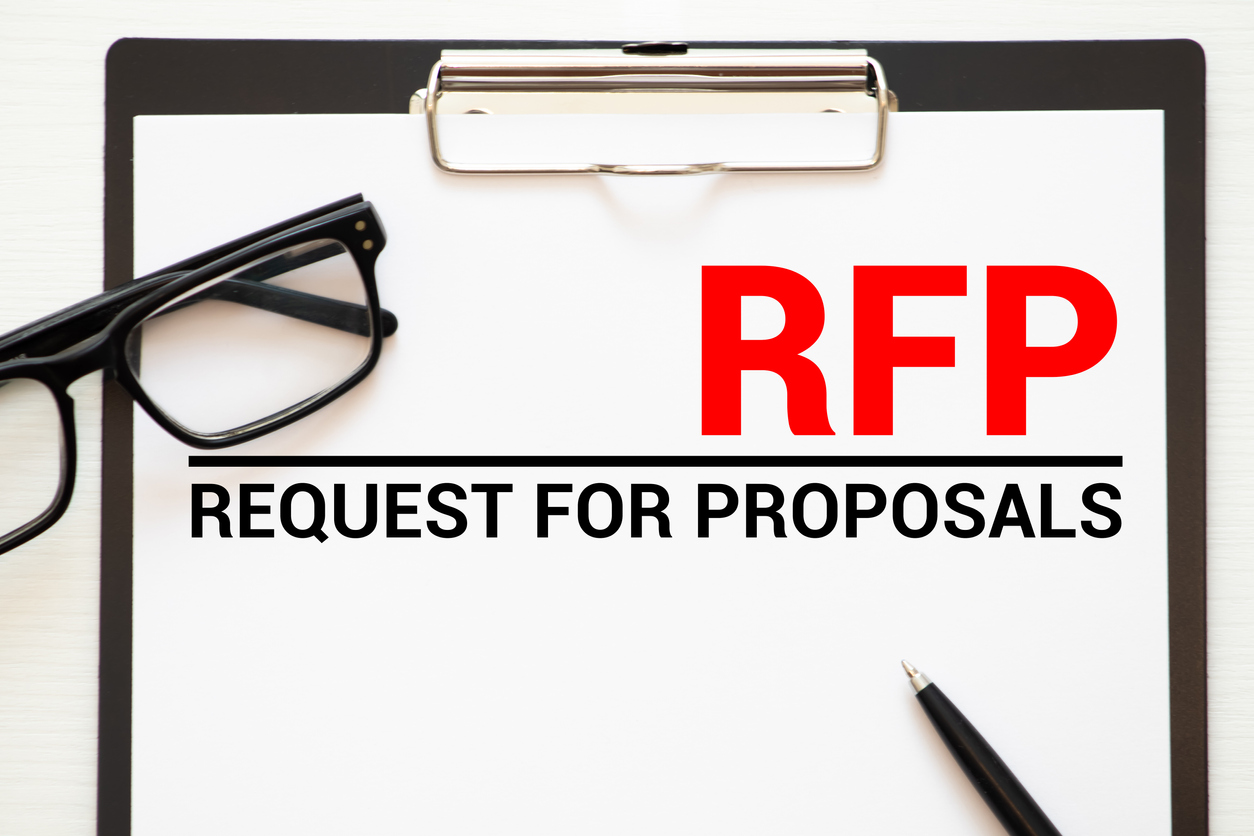If you’re in the business of saving time and money in the staffing industry – which should be answered with a rhetorical “yes”– you need to leverage RFPs. Requests for Proposals, or RFPs give a detailed recipe for what you as an organization are looking for in a staffing project. Continue below to learn the intricacies and benefits of staffing RFPs brought to you by the expert MSP/VMS staffing providers at CSSvSource. Reach out to them here to learn more about their top-tier services.
CSSvSource proudly offers an audio version of this article for alternative consumption. It is imperative for us to cater to all readers with multiple means of information processing.
Quality over quantity; streamline your staffing requirements with an RFP
When you write out a job description to find, for example, a Salesforce Project Manager, you include responsibilities like agile project development and end-to-end team management. You would never, however, leave out a “required experience” section. On a larger scale, an organization looking to partner with staffing vendors or MSP/VMSs should never forego an RFP. Neglecting to define vendor requirements that your organization is looking to meet through an RFP would be like searching for a Salesforce Project Manager without requiring specific project examples or minimum years of experience. That scenario would invite any vendor to bid, regardless of how equipped they are to meet your needs.
“A well-executed RFP narrows your vendor or MSP/VMS search giving specifics like objectives and goals, budgets, timelines, company details like culture and values, and more. With these details defined, vendors vying for business know up front whether they’re a fit. With the time saved by avoiding inapplicable pitches, organizations can focus on the actual project they are staffing for,” says CSSvSource Managing Director, Andrea Micucio.
The importance is obvious, but how does one write an RFP?
A complete RFP will include most if not all components below.
Organization Profile – This introduction will contain pertinent information about your company including size, culture, employment structure, staffing system, and more detailing company status. This section also should include information about your target market and competitors.
Specific Project Description and Purpose – This section will include detail on the specific project up for bidding with duties and deliverables, requisitions, and ideally complementary KPIs to meet. This section should balance firm requirements with project flexibility to allow for wiggle room mid-project. Be sure to specify exactly where and how much wiggle room you have for variables like timeline and budget to maintain complete transparency.
Main Objectives – This section further breaks down the overall goals into smaller, more digestible objectives. These “Main Objectives” should be the bare-bones minimum requirements to meet.
Secondary Objectives – These objectives are goals that are not as important as the “Main Objectives,” but are important, nonetheless. Stating these objectives will weed out some vendor competition who will be able to meet the main but not the secondary objectives that only stellar vendors will.
Vendor Guidelines – This section should one, reiterate the timeline, budget, and deliverables addressed above making absolutely clear the criteria that the vendor must meet. Secondarily, this section should outline other requirements from the bidding vendors, like past project examples, aligned customer base, required functions and capabilities, and any other attributes needed to complete the job.
Proposal Evaluation – This section will outline how each bid will be scored according to the criteria the client finds most valuable. A simple bid scoring system will measure all attributes (vendor size, experience, niche expertise, existing talent pool) the same, say, at ten percent per criteria. Alternately, clients may weigh certain capabilities more heavily depending on the project like placing 20 or 30 percent of the overall score on niche expertise if searching for difficult roles.
Red flags to avoid
There are some absolute stay-aways you need to be aware of when submitting an RFP for bidding. While you should be issuing mutual NDAs between client and vendor, NEVER sign unconditional NDAs. Unconditional NDAs show untrustworthiness that will deter knowledgeable vendors.
Second, avoid wired bids. Wired bids stem from RFPs that are written targeting a specific vendor without giving others a chance. The reason the RFP is written is not in this case to discover the most capable vendor, but usually to appease stakeholders. This wastes a company’s internal resources, their preferred vendor’s resources in constructing a bid, and many other vendors doomed from the start who think they have a chance at landing their bids. RFPs are powerful tools; just ensure they’re created for the right reasons.
Partner with CSSvSource to utilize the paramount MSP/VMS operation to streamline your contingent labor hiring
The vendor management team at CSSvSource provides expert contingent staff onboarding, payroll, organization, and communication to ensure your company and partners have the best available resources on the market. Connect with CSSvSource today and promote continuous agency partnership growth and development!

